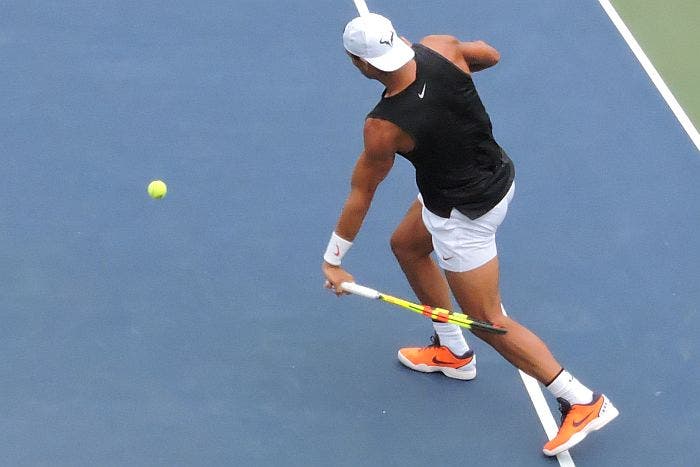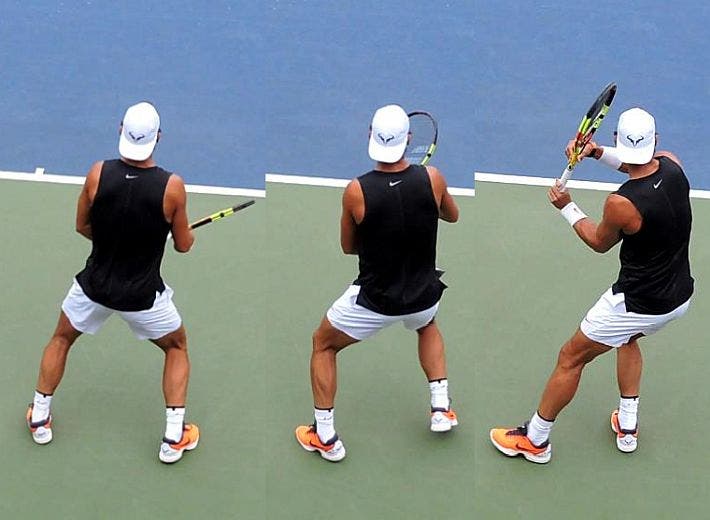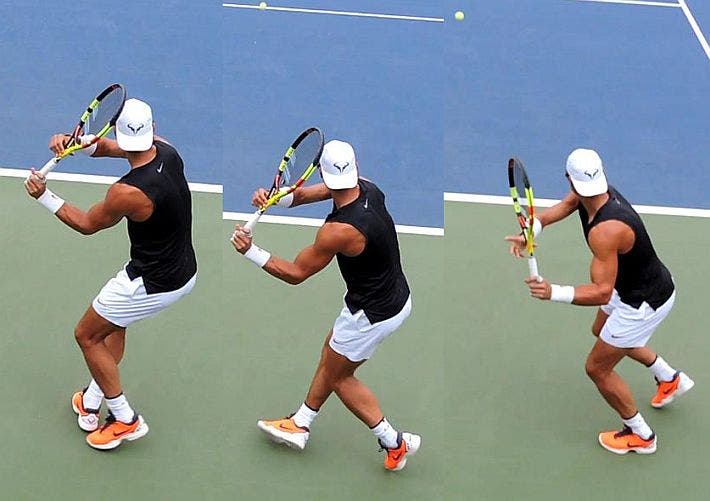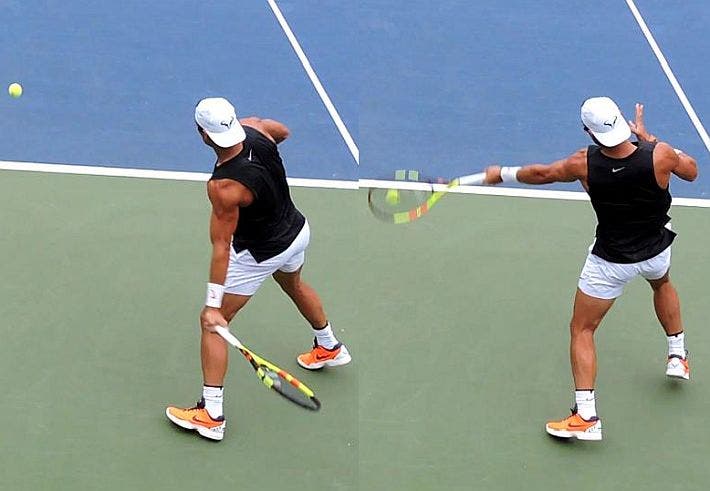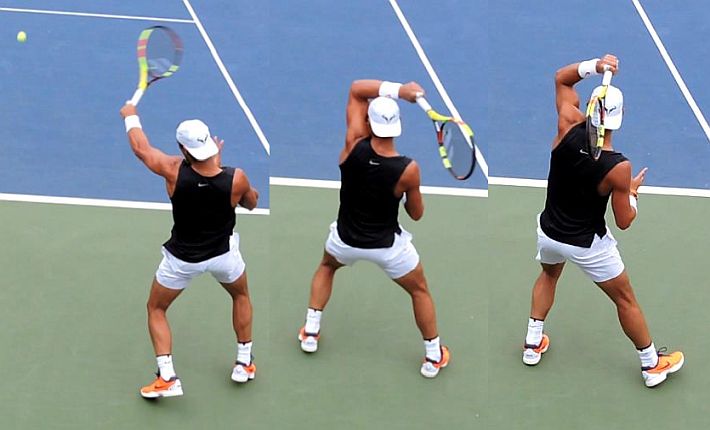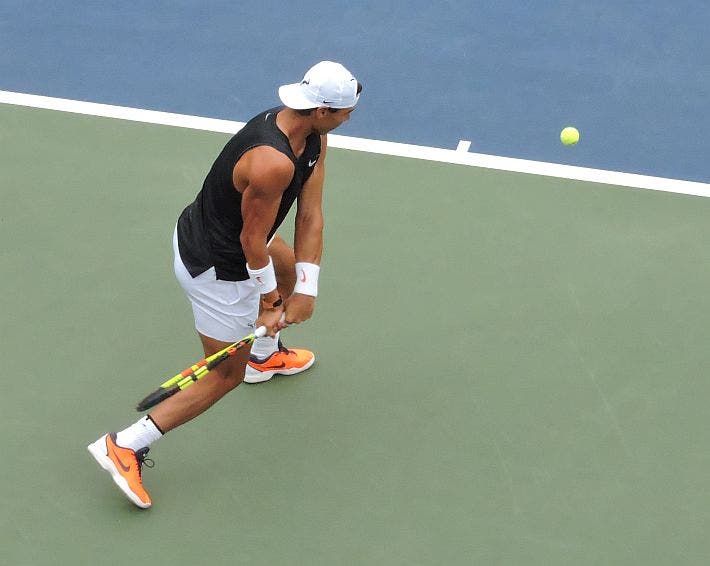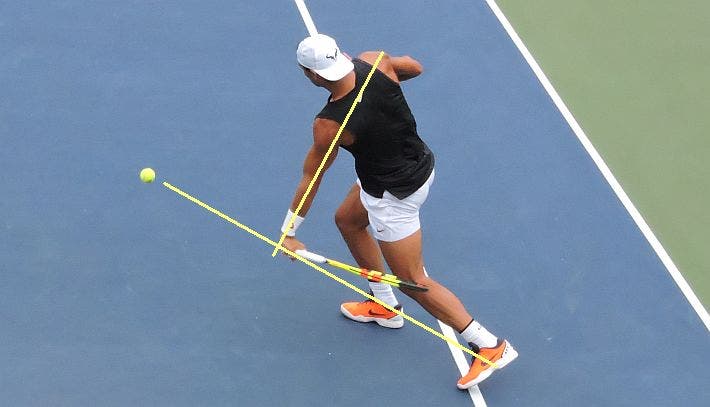By winning the US Open last weekend and increasing his career total to ten Grand Slams, Novak Djokovic has pushed himself even further into conversations about the greatest of all time. At the very least, his 2015 season is shaping up to be one of the best in tennis history.
A recent FiveThirtyEight article introduced Elo ratings into the debate, showing that Djokovic’s career peak–achieved earlier this year at the French Open–is the highest of anyone’s, just above 2007 Roger Federer and 1980 Bjorn Borg. In implementing my own Elo ratings, I’ve discovered just how close those peaks are.
Here are my results for the top 15 peaks of all time [1]:
Player Year Elo Novak Djokovic 2015 2525 Roger Federer 2007 2524 Bjorn Borg 1980 2519 John McEnroe 1985 2496 Rafael Nadal 2013 2489 Ivan Lendl 1986 2458 Andy Murray 2009 2388 Jimmy Connors 1979 2384 Boris Becker 1990 2383 Pete Sampras 1994 2376 Andre Agassi 1995 2355 Mats Wilander 1984 2355 Juan Martin del Potro 2009 2352 Stefan Edberg 1988 2346 Guillermo Vilas 1978 2325
A one-point gap is effectively nothing: It means that peak Djokovic would have a 50.1% chance of beating peak Federer. The 35-point gap separating Novak from peak Rafael Nadal is considerably more meaningful, implying that the better player has a 55% chance of winning.
Surface-specific Elo
If we limit our scope to hard-court matches, Djokovic is still a very strong contender, but Fed’s 2007 peak is clearly the best of all time:
Player Year Hard Ct Elo Roger Federer 2007 2453 Novak Djokovic 2014 2418 Ivan Lendl 1989 2370 Pete Sampras 1997 2356 Rafael Nadal 2014 2342 John McEnroe 1986 2332 Andy Murray 2009 2330 Andre Agassi 1995 2326 Stefan Edberg 1987 2285 Lleyton Hewitt 2002 2262
Ivan Lendl and Pete Sampras make much better showings on this list than on the overall ranking. Still, they are far behind Fed and Novak–the roughly 100-point difference between peak Fed and peak Pete is equivalent to a 64% probability that the higher-rated player would win.
On clay, I’ll give you three guesses who tops the list–and your first two guesses don’t count. It isn’t even close:
Player Year Clay Ct Elo Rafael Nadal 2009 2550 Bjorn Borg 1982 2475 Novak Djokovic 2015 2421 Ivan Lendl 1988 2408 Mats Wilander 1984 2386 Roger Federer 2009 2343 Jose Luis Clerc 1981 2318 Guillermo Vilas 1982 2316 Thomas Muster 1996 2313 Jimmy Connors 1980 2307
Borg was great, but Nadal is in another league entirely. Though Djokovic has pushed Nadal out of many greatest-of-all-time debates–at least for the time being–there’s little doubt that Rafa is the greatest clay court player of all time, and likely the most dominant player in tennis history on any single surface.
Djokovic is well back of both Nadal and Borg, but in his favor, he’s the only player ranked in the top three for both major surfaces.
The survivor
As the second graph in the 538 article shows, Federer stands out as the greatest player of all time at his age. Most players have retired long before their 34th birthday, and even those who stick around aren’t usually contesting Grand Slam finals. In fact, Federer’s Elo rating of 2393 after his US Open semifinal win against Stanislas Wawrinka last week would rank as the sixth-highest peak of all time, behind Lendl and just ahead of Andy Murray.
Here are the top ten Elo peaks for players over 34:
Player Age 34+ Elo Roger Federer 34.1 2393 Jimmy Connors 34.1 2234 Andre Agassi 35.3 2207 Rod Laver 36.6 2207 Ken Rosewall 37.4 2195 Tommy Haas 35.3 2111 Arthur Ashe 35.7 2107 Ivan Lendl 34.1 2054 Andres Gimeno 35.0 2035 Mark Cox 34.0 2014
The 160-point gap between Federer and Jimmy Connors implies that 34-year-old Fed would win about 70% of the time against 34-year-old Connors. No one has ever sustained this level of play–or anything close to it–for this long.
At the risk of belaboring the point, similar arguments can be made for 33-year-old Fed, all the way to 30-year-old Fed. At almost any stage in the last four years, Federer has been better than any player in history at that age [2]. Djokovic has matched many of Roger’s career accomplishments so far, especially on clay, but it would be truly remarkable if he maintained a similar level of play through the end of the decade.
Current Elo ratings
While it’s not really germane to today’s subject, I’ve got the numbers, so let’s take a look at the current ATP Elo ratings. Since Elo is new to most tennis fans, I’ve included columns to indicate each player’s chances of beating Djokovic and of beating the current #10, Milos Raonic, based on their rating. As a general rule, a 100-point gap translates to a 64% chance of winning for the favorite, a 200-point gap implies 76%, and a 500-point gap is equivalent to 95%.
Rank Player Elo Vs #1 Vs #10
1 Novak Djokovic 2511 - 91%
2 Roger Federer 2386 33% 84%
3 Andy Murray 2332 26% 79%
4 Kei Nishikori 2256 19% 71%
5 Rafael Nadal 2256 19% 71%
6 Stan Wawrinka 2186 13% 62%
7 David Ferrer 2159 12% 58%
8 Tomas Berdych 2148 11% 56%
9 Richard Gasquet 2128 10% 54%
10 Milos Raonic 2103 9% -
Rank Player Elo Vs #1 Vs #10
11 Gael Monfils 2084 8% 47%
12 Jo-Wilfried Tsonga 2083 8% 47%
13 Marin Cilic 2081 8% 47%
14 Kevin Anderson 2074 7% 46%
15 John Isner 2035 6% 40%
16 David Goffin 2027 6% 39%
17 Grigor Dimitrov 2021 6% 38%
18 Gilles Simon 2005 5% 36%
19 Jack Sock 1994 5% 35%
20 Roberto Bautista Agut 1986 5% 34%
Rank Player Elo Vs #1 Vs #10
21 Philipp Kohlschreiber 1982 5% 33%
22 Tommy Robredo 1963 4% 31%
23 Feliciano Lopez 1955 4% 30%
24 Nick Kyrgios 1951 4% 29%
25 Ivo Karlovic 1949 4% 29%
26 Jeremy Chardy 1940 4% 28%
27 Alexandr Dolgopolov 1940 4% 28%
28 Bernard Tomic 1936 4% 28%
29 Fernando Verdasco 1932 3% 27%
30 Fabio Fognini 1925 3% 26%
Notes:
- These numbers don’t precisely agree with 538’s, or with either of two other recent sets of ratings. Some of the discrepancy seems to be due to including or excluding retirements and withdrawals–both 538 and I are excluding them, but when I included retirements (though not withdrawals), Federer and Djokovic swapped places at the top of the list.
- 538’s graph shows Lendl ahead at age 30 and Connors with a slight edge briefly around age 32.



